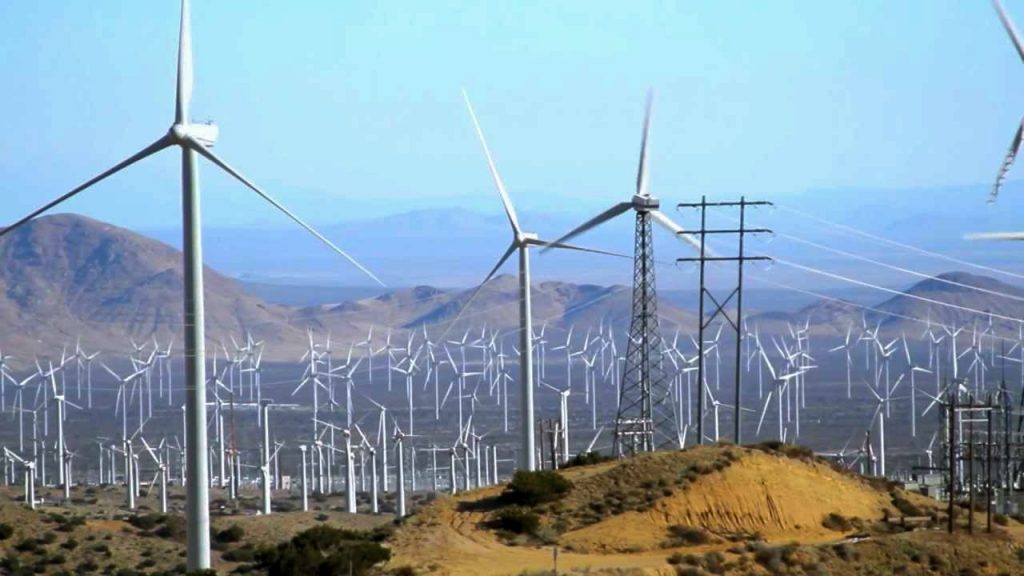About 98% of the combined industrial, commercial, residential and transportation sectors energy needs are supplied by non-renewable energy resources.
Watts Up With That?
EIA data shows wind & solar met 3% of U.S. energy after $50 billion in subsidizes
The EIA AEO 2019 report shows that in year 2018 wind and solar energy resources provide about 3% of U.S. total energy consumption while fossil fuel energy resources provide about 81% of total energy use.
The dominate use of fossil fuels in meeting U.S. energy needs remains little changed from a decade ago before use of renewable energy resources became mandated and supported by lucrative government subsidizes.
Using additional EIA data the total wind and solar provided energy going back to year 2000 is available which allows an assessment of the Production Tax Credit (PTC) payments to be made.
These PTC’s are defined through Federal Law and amount to $0.023 per Kwh for solar and wind projects that qualify as renewables which started construction before January 1, 2018 and are available for a period of ten years.
PTC subsidizes for renewable solar and wind projects in the U.S. have now reached about $50 billion dollars in cumulative payments through year 2018 with these resources providing about 3% of our countries total energy consumption in that year.
Additionally these annual wind and solar subsidizes now total more than $8 billion dollars per year.
Without government driven mandates to use renewables and without generous federal PTC subsidizes which provide for most if not all of the capital cost recovery for these projects few of these plants would be built.
Even in the Alice in Wonderland energy world of California fossil fuels dominate our states total energy consumption accounting for 82% of energy use with that figure also little changed in the last decade.
The fossil fuel energy resources include petroleum, natural gas and coal which are the dominate energy providers for all energy sectors including electricity, transportation, industrial, commercial and residential.
The electricity sector represents the largest single energy use area representing about 38% of total energy use. When addressing the other energy use sectors which are industrial, commercial, residential and transpiration the electricity sector components are appropriately divided between these sectors.
Renewables have made little headway in meeting the energy needs associated with other than the electricity sector with all forms of renewables (includes geothermal, wood and wood waste, biogenic municipal waste, other biomass, wind, photovoltaic, and solar thermal sources, excludes conventional large hydro) accounting for only about 6% (with half of that being wind and solar) of total U.S. energy use with the great majority of that total related to the electricity sector.
About 98% of the combined industrial, commercial, residential and transportation sectors energy needs are supplied by non-renewable energy resources.
Free Range Report
Thank you for reading our latest report, but before you go…
Our loyalty is to the truth and to YOU, our readers!
We respect your reading experience, and have refrained from putting up a paywall and obnoxious advertisements, which means that we get by on small donations from people like you. We’re not asking for much, but any amount that you can give goes a long way to securing a better future for the people who make America great.
[paypal_donation_button]
For as little as $1 you can support Free Range Report, and it takes only a moment.




The fraudsters pretend US has an endless supply of FUNNY MONEY.